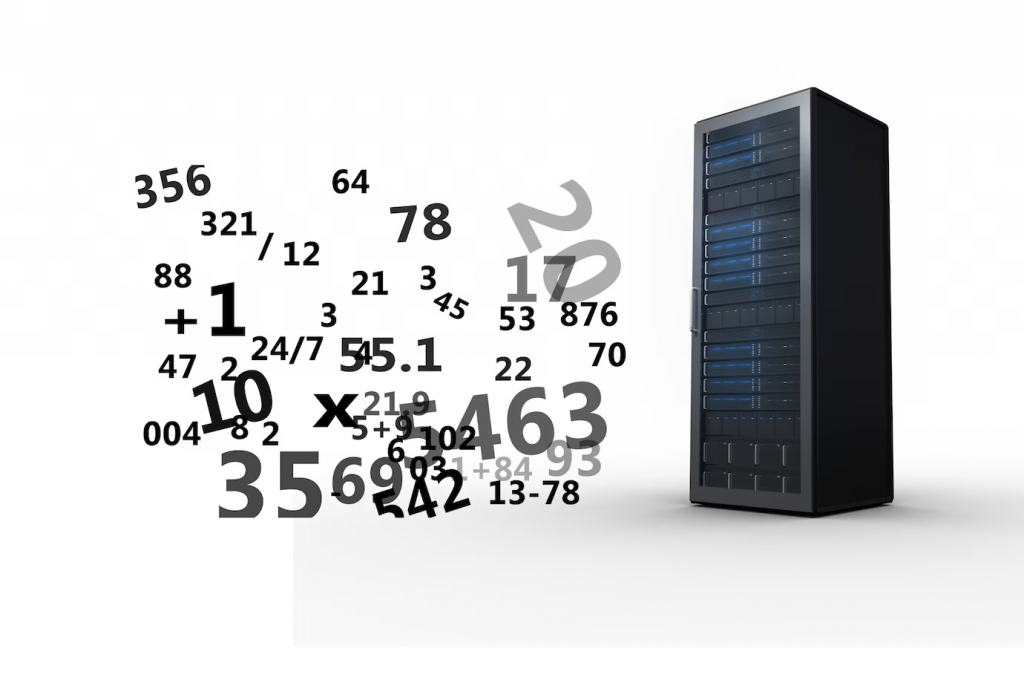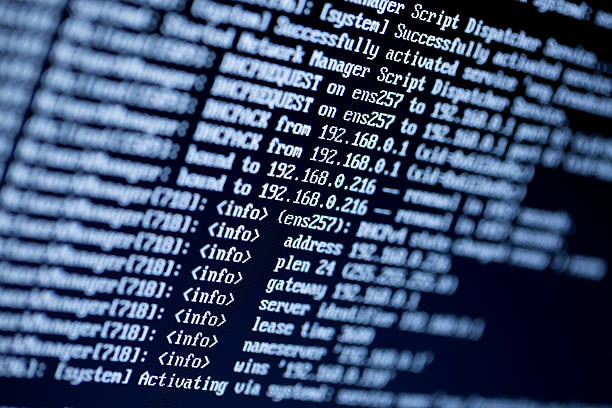The IP address, or Internet Protocol address, is a unique identifier assigned to each device on a network. This digital tag allows devices to communicate with each other over both local networks and the wider internet. There are mainly two types of IP addressing methods: IPv4 addressing, which is the most common and consists of four sets of numbers separated by periods, and the newer, more complex IPv6. Comprehending both types could help when we recognize devices on a network, but for most home and small business users, IPv4 will be the focus.
Importance of Knowing Device IP Addresses
| Reason | Explanation |
|---|---|
| Network Management | IP addresses allow network administrators to configure and manage networks efficiently, assigning static or dynamic addresses as needed. |
| Troubleshooting | Identifying devices by their IP addresses is crucial for diagnosing network issues, such as connectivity problems or conflicts. |
| Security | Monitoring IP addresses helps in detecting unauthorized access and securing the network against intrusions and attacks. |
| Device Identification | IP addresses provide a way to uniquely identify each device on a network, facilitating communication and data exchange. |
| Remote Access | Knowing the IP address of a device is essential for setting up remote access, allowing for support and management from anywhere. |
Why is it crucial to know the IP and MAC addresses of each device? Well, for one, it helps identify specific devices if network troubleshooting is required. If you are administering a network, managing wireless networks, or ensuring security, these addresses are your fundamental tools. Knowing the private IP, as opposed to the public IP your network projects to the outside world, might have implications for setting up static IP addresses, implementing parental controls, or blocking access to certain devices. Furthermore, in a world teeming with cybersecurity threats, identifying all device IP addresses enables more effective network discovery, preventing unauthorized device discovery and ensuring that only approved devices are connecting.

Preparing to Scan Your Network
Ensuring Network Security
Before you delve into scanning your network, you want to safeguard your surroundings. This involves making sure your network scanners will not compromise your network’s integrity and ensuring you have the authorization to scan the network. Unauthorized scanning could also potentially violate privacy regulations or terms of service agreements.
Tools You’ll Need for the Job
To commence with scanning for connected devices, you’ll require some basic tools—most of which can be found within your operating system or as a downloadable application. Network scanning tools range from simple command-line utilities to sophisticated software suites capable of not only detecting devices but also categorizing them and assessing their security postures. To prepare for scanning, here is a basic list of tools you might consider:
- Command prompt or terminal for accessing the command line interface.
- Network Scanners such as Advanced IP Scanner or Wireless Network Watcher for a visual interface.
- Router interface for assessing connected devices via the router’s administrative menu.
Step-by-Step Guide to Finding IP Addresses
Using Command Line Interfaces
For those comfortable with text-based interfaces, your operating system’s command line can act as an effective network scanning tool. On Windows, the command you would use is ipconfig, while MacOS and Linux users would use ifconfig or ip respectively. Executing these commands will reveal a list of network interfaces along with their assigned local IP addresses, subnet masks, and sometimes even the connected devices’ MAC addresses. For a more detailed search, you can also utilize commands such as arp -a, which could help translate IP addresses to physical MAC addresses, providing a more complete picture of network connections.
For Windows Users:
- Press the Windows key + R, type
cmd, and hit Enter. - In the command prompt that appears, type
ipconfigand press Enter. - Scroll through the information to find the IPv4 Address which indicates your device’s IP on the network.
For MacOS Users:
- Open the Terminal application found in the Utilities folder of your Applications.
- Type
ifconfigand press Enter to execute the command. - Look for entries under “”””en”””” interfaces to find your local network IP addresses.
For Linux Users:
- Open a terminal window.
- Type the command
ip a,ifconfig, orip addr showand press Enter. - Explore the output to identify the IP addresses related to each network interface.
Leveraging Network Scanning Tools
While command-line tactics are quick and effective, network scanners can offer a user-friendly and enhanced experience. These scanning tools provide a graphical user interface that makes it easier to see all devices on the network, along with key information like IP and MAC addresses. When discrepancies occur—say a device you’re unaware of shows up or an expected device isn’t listed—it’s often quicker to diagnose and resolve issues with these utilities than by sifting through command line output.

Organizing Your Findings
Documenting IP Addresses and Device Information
After scanning the network, you’ll want to organize the information collected. It’s beneficial to create a table that lists device names, IP addresses, MAC addresses, and perhaps additional details like the device manufacturer or the static IP setting. This could also serve as a network map, helping you to keep track of your devices.
Maintaining an Updated Network Map
Your network isn’t static. New devices may be added, and others removed or replaced. As such, it’s essential to periodically update your list of device IP addresses. IPv4 addresses could change if you’re not using static IP settings, due to DHCP (Dynamic Host Configuration Protocol) assigning new IPs when devices reconnect. For network administrators or those with many devices, it might be helpful to utilize a software tool that automates the network map updating process.
Troubleshooting Common Issues
Addressing IP Conflicts
IP conflicts occur when two devices on the same local network end up with the same IP address, which can lead to connection issues for one or both devices. This is more common when devices are assigned static IPs without proper coordination or when multiple DHCP servers are in play. If you notice that one device cannot connect to the network or there are constant disconnections, an IP conflict might be the reason. To troubleshoot this, you can:
- Check the IP settings on all devices to ensure no two devices have the same static IP.
- Restart the devices and router to let DHCP assign new IPs.
With careful management, these issues can be minimized—consider reserving IP addresses in your router settings to assign a unique permanent IP for each device to prevent conflicts.
Dealing with Unrecognized Devices
Discovering unfamiliar devices on your network can be alarming and could signal a breach in security. If a device pops up that you cannot identify, take immediate steps to assess the situation:
- Evaluate the device’s provided information such as IP and MAC addresses against your records.
- Disconnect unfamiliar devices from the network until they can be verified.
Further investigation could also involve checking the device’s MAC address manufacturer lookup, which might give you a clue as to what the device is or who it belongs to. Involving cybersecurity measures and changing passwords and other security settings can also help prevent unauthorized access.

Conclusion
The digital ecosystem we live in demands vigilance, especially when managing a network with varied devices. From wireless networks to intricate cable setups, understanding the intricacies of network discovery is imperative for both security and seamless operations. Learning how to find the IP addresses of devices on your network is not merely an administrative task—it’s a fundamental aspect of digital stewardship.
Knowing your network’s topology helps identify issues quickly, aids in efficient management, and ensures proper access controls are in place. Recognizing the pivotal role this knowledge plays in overseeing a network environment, you are now equipped to delve into the detailed world of IP addresses and maintain an organized, secure, and optimized digital space.
FAQs
1. Why is it important to know the IP addresses of devices on my network?
Knowing the IP addresses of devices on your network is crucial for several reasons—troubleshooting network issues, enhancing security by keeping track of connected devices, facilitating network management, and optimizing device performance through appropriate allocation and control.
2. Can I find IP addresses without using command line tools?
Yes, various graphic interface tools, known as network scanners, exist to help you identify IP addresses without diving into the command line. These tools often provide a more user-friendly way to visualize and manage the devices on your network.
3. How often should I scan my network for IP addresses?
The frequency of network scans depends on the dynamics of your network. An environment with frequently connecting and disconnecting devices might require weekly scans, while more stable networks could be scanned less frequently, such as once a month or per quarter.
4. What security measures should I take before scanning my network?
Before scanning your network, ensure that the scanning process is authorized to avoid any legal repercussions. Ensure that your network is protected with up-to-date security protocols and strong passwords, especially on the router or main access points.
5. What should I do if I find an unknown device on my network?
If an unknown device is found on your network, you should immediately disable its access by changing the network’s security settings. Investigate the device by checking its IP and MAC addresses and match it against known devices. If it remains unidentifiable, monitor your network for any suspicious activity and consider further security measures.


